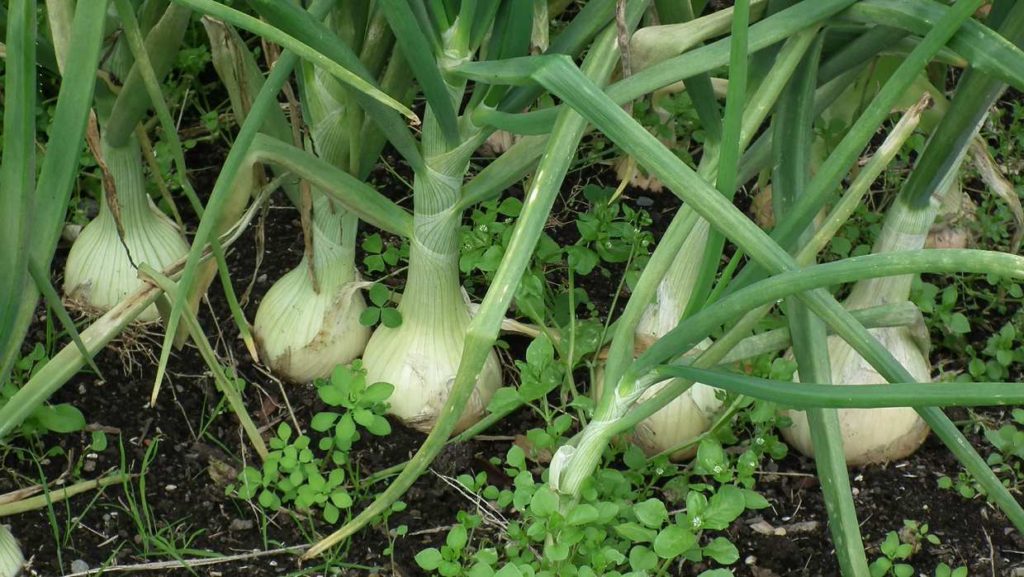 My last post about the potato blight turned into more of an article than a diary entry and I didn’t even touch on the rest of the plots. So this is the catch-up post!
My last post about the potato blight turned into more of an article than a diary entry and I didn’t even touch on the rest of the plots. So this is the catch-up post!
Potatoes
Having cut the haulm off the affected plants which is now in the hotbin composter. I exposed a lot of snails during this and a few slugs so the potato patch got a good scattering of ferrous phosphate slug pellets.
Whilst cutting the haulm off, I uncovered a few potatoes that were further on than I expected so maybe it is not going to be the disaster I feared.
Compost
I’ve had the bed below the poultry patch under a mustard green manure. The tops are now on the compost heap and what’s left will get rotavated in. I may re-sow with mustard again to get even more compost material.
Once the potatoes tubers where the haulm was blighted start to come up in two weeks, I’ll build a proper heap layering the wilted greens with the straw covering the potatoes browns and some activating layers of comfrey and sheep manure.
Comfrey
The comfrey is ready for another cut. It’s apparent that mulching around the plants has done the trick. A combination of poor soil and the competition from the grass was holding it back. Now it’s free it’s really taken off and established.
To the side I’ve mowed the grass down as low as I can and covered with cardboard and grass clippings. Also put another 9 plants in from the root I split and potted up. About another 20 to go in when they’ve taken off in the pots.
I’ve always looked at comfrey as a compost material or fertiliser but comfrey is also a good animal feed, high in protein. I’m hoping it will be making an addition to the poultry diet. Had a chat with the farmer who runs some sheep on our field and we may see if they find it palatable. It’s very high in protein so could be good but I want to check some details first. I don’t think I’d be popular if it poisoned them!
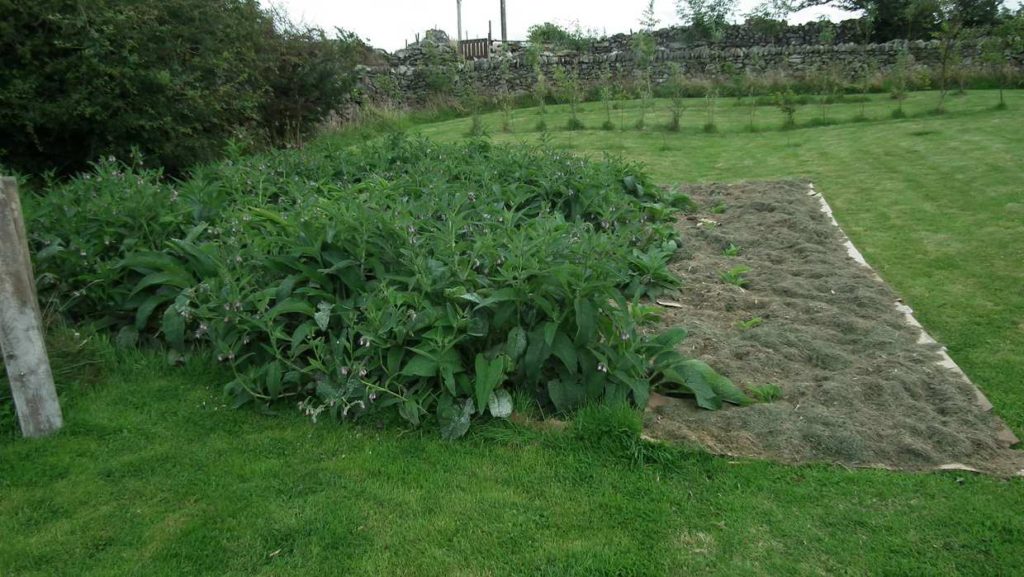
Comfrey Plot – ready for a cut on the left, new cuttings planted on the right and mulched with grass clippings
Brassica Tunnel
We had a mild (mild for here) storm with winds gusting up to 50 mph which caused some of the joining blocks that connect the hoops with the horizontals to come off. It’s apparent I need to do a bit more storm-proofing before I start using it. I’ll wrap each joining block with cable tie to fix to the poles and hoops.
Onions Doing Very Well
Generally the onions are excellent as you can see from the picture at the top. A few bolters but just a few so they’re being pulled and used. I’ll set up the drying rack in the cow shed so they’re dry but not hot and possibly run a fan heater on fan setting to create a draft under them.
Leeks
The leeks are planted out now. I’ve three varieties; Medwyn’s new strain, Carentan and Bleu Solaise. The last two are from French seed. I’ve about 200 planted out which might be a bit excessive but since I’m now working on supplying us and my daughter and her family maybe not.
In the Polytunnel & Greenhouse
The greenhouse tomatoes in the Quadgrow are doing well although some have yellow patches caused by the excessive heat in July of fond memory now the weather is back to normal.
Sweet peppers in the greenhouse and tunnel are doing well except for the odd one with the mysterious hole in which rot on the stem. I’m feeding weekly with tomato feed. Most are just green but some have coloured up to yellow and red.
Sweetcorn
Up in the polytunnel the sweetcorn (var. Earlibird) is near ready for a general harvest. I took the first cob off and went straight back to the house with it. Trimmed the tassels back and straight into the microwave still wrapped in its leaves. Full power for five minutes followed by a two minute rest before unwrapping from the leaves.
It’s the first homegrown sweetcorn we’ve had since we moved here, my first and last attempt blew out of the ground in a storm. The wind is such a problem but in a few years the windbreaks I’ve been planting should be making a difference.
It – the sweetcorn – was just wonderful. Really sweet. Pollination was good, no blind kernels at all. That’s payback for tapping all the stalks each day for a week as there is no wind in the polytunnel.
Climbing Beans
We’re getting masses of both runner beans (var. Firestorm) and French climbing beans (var. Cobra) from the tunnel. Far more than we can possibly eat immediately so we’re blanching and freezing.
Once again, a crop that we’ve not enjoyed here due to the winds. I had intended to build a dog leg frame that I think will be storm resistant but hadn’t got around to it. As it happens, the polytunnel seems to be supply plenty for us.
Expanding the growing area.
It’s always been part of my plan here to move further towards food self-sufficiency which means expanding the growing area. Over in the field I’ve built 8 deep raised beds but it’s quite time consuming building and expensive buying the wood for them. Then there’s the sheer volume of compost required to fill the beds.
So I’m trying a different system uphill from the beds based on a permaculture farming system I’ve been looking at. The growing beds are quite narrow, 75cm, lying between woodchip covered paths but they’re long (10M). The growing beds initially receive 10cm of compost followed annually by a further 5cm.
It’s basically a no-dig system but the soil below is opened up annually with a broadfork. Not turned over, just loosened to allow for good drainage by breaking up any compaction and allowing the compost to easily penetrate below, deepening the top soil depth.
If you’ve not come across a broadfork, there’s a good explanation of them and how to use them here.
My concern is that the large number of stones in our soil may make forking difficult. I can always rotavate with the Merry Tiller and then pick out the stones if need be to start. Initially I’ve covered next to the onion bed with a deep layer of bark peelings to kill off the grass below.

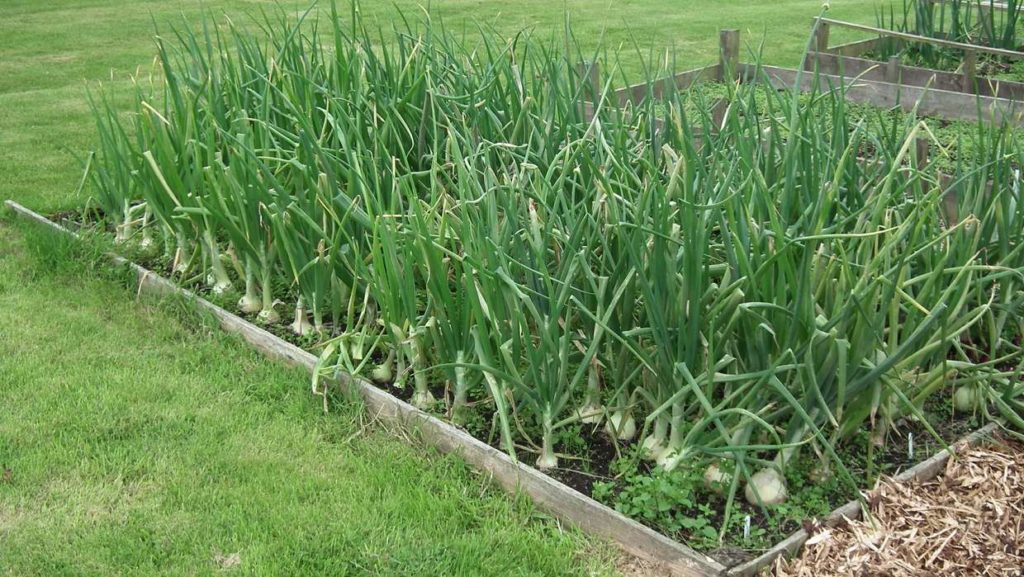
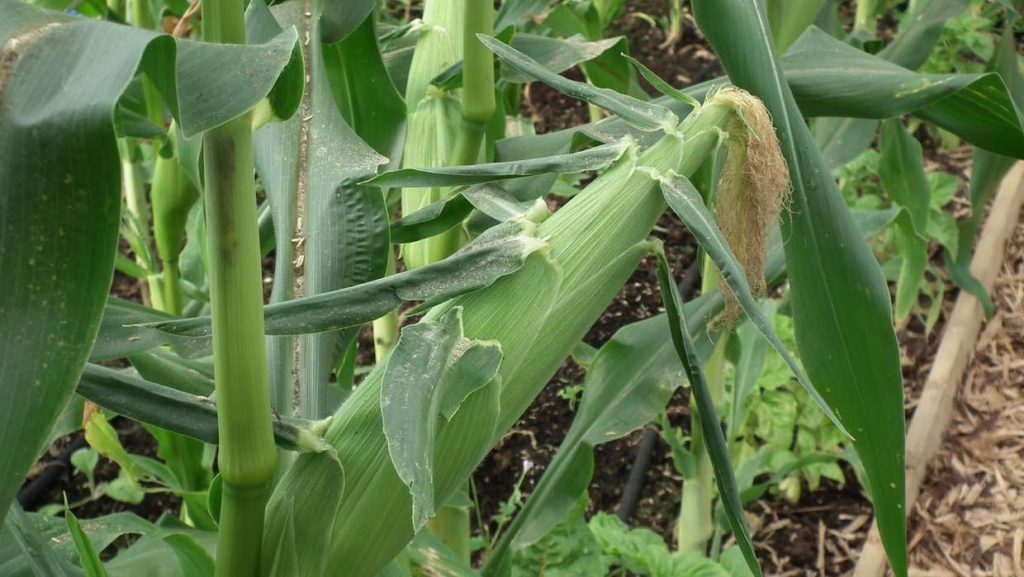
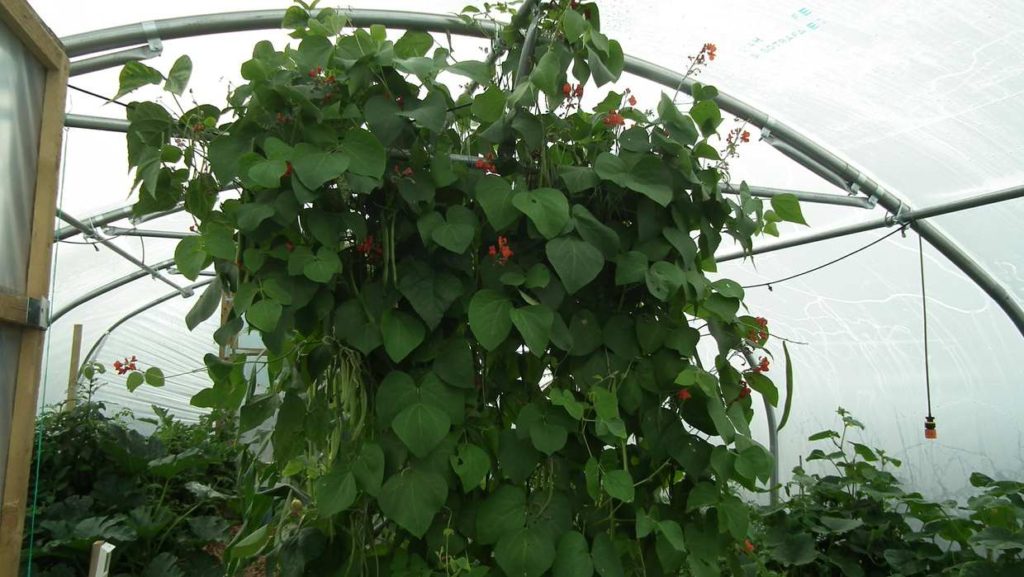
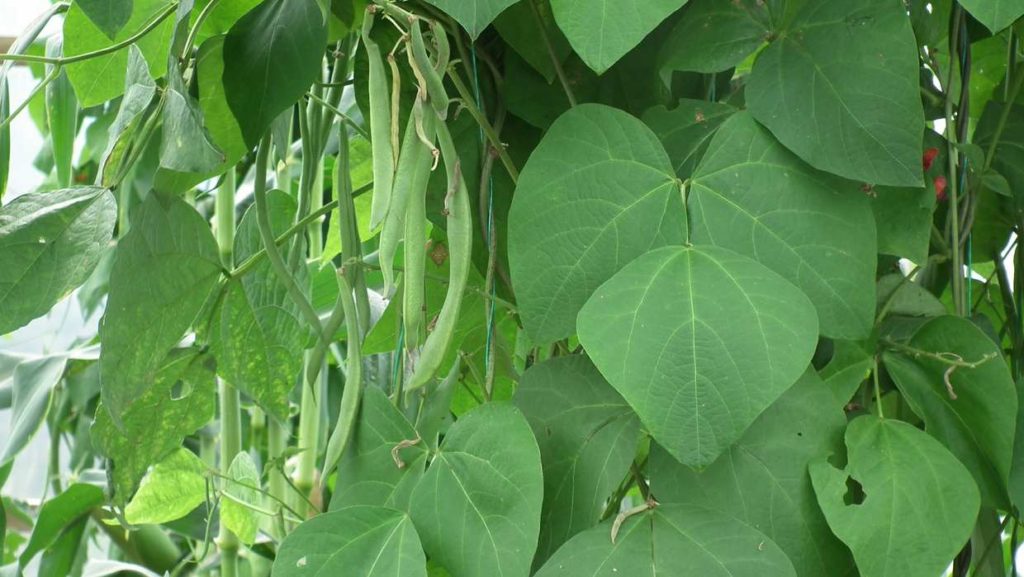
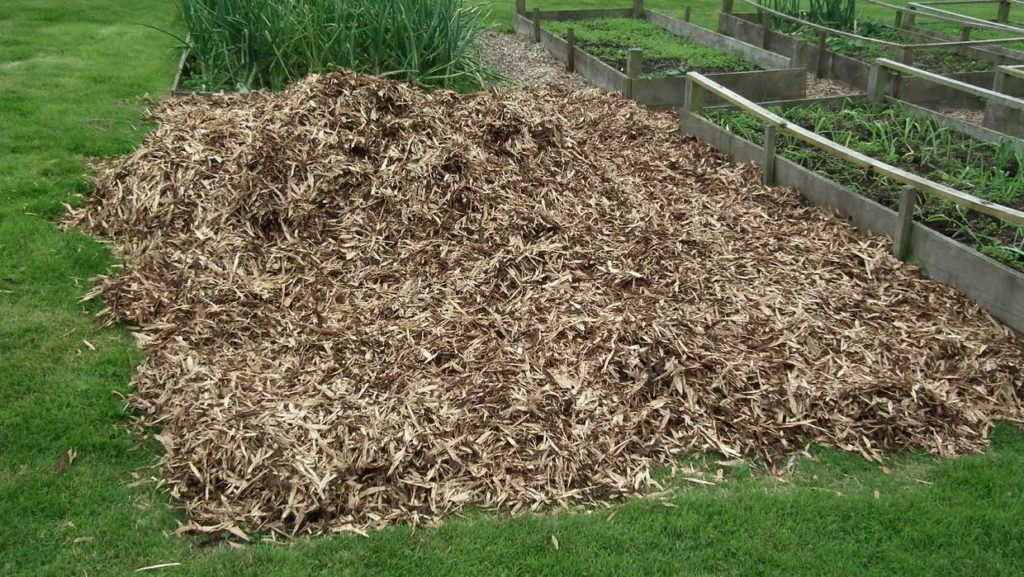



Leave a Comment Here on Catching Up – Around the Plots